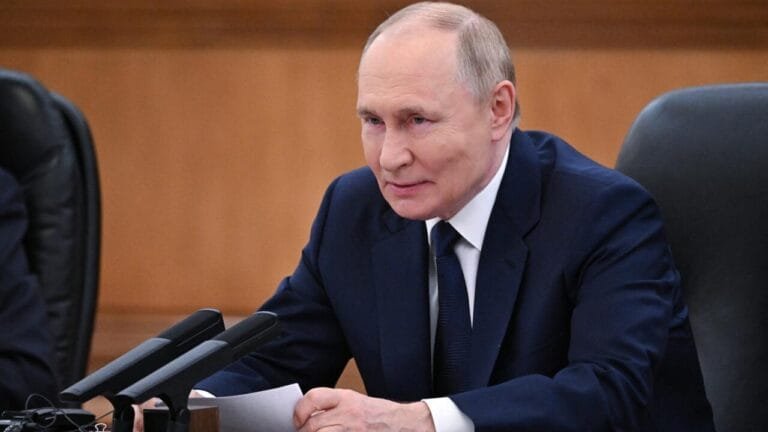Cairo, Egypt – The British newspaper The Guardian revealed, in an article by researcher Sergei Radchenko, that Russian President Vladimir Putin is pursuing a calculated escalation policy against NATO. Its primary goal is not only to test military readiness, but also to deepen internal divisions and embarrass the alliance before global public opinion.
The article explained that a series of recent provocations—from drones violating Polish and Romanian airspace to Russian MiG-31 fighter jets penetrating Estonian airspace—are indications that Moscow is seeking to impose a new deterrence equation. This is happening on Europe’s eastern borders.
The author linked these events to the lessons of the Cold War, where the United States and its allies chose to exercise restraint and avoid direct response. This occurred despite the downing of spy and civilian aircraft. They are aware of the danger of slipping into a nuclear confrontation. He believed that these precedents prove that downing aircraft does not necessarily mean the outbreak of war. Rather, it may establish clear red lines that restore balance between the two sides.
The article also referred to Türkiye’s downing of a Russian plane in 2015. This incident quickly ended with a thaw in relations following an implicit apology from Ankara, demonstrating the ability of such crises to cool down if managed carefully.
However, Radchenko stressed that relying on deterrence alone was no longer sufficient. He called on Europeans to combine military assertiveness with quiet diplomacy through direct channels of communication with Moscow, especially in light of what he described as Washington’s waning strategic commitment to the continent.
The Guardian concluded with a warning: Putin will continue his “dangerous game” by testing the limits of the possible. Any European disregard for these violations will be read in the Kremlin as an invitation to further incursion.















